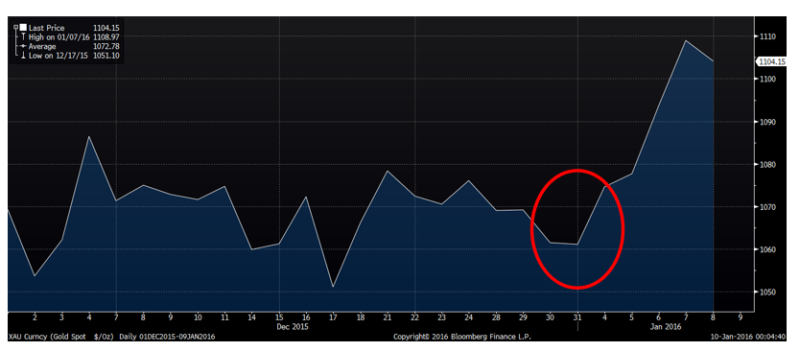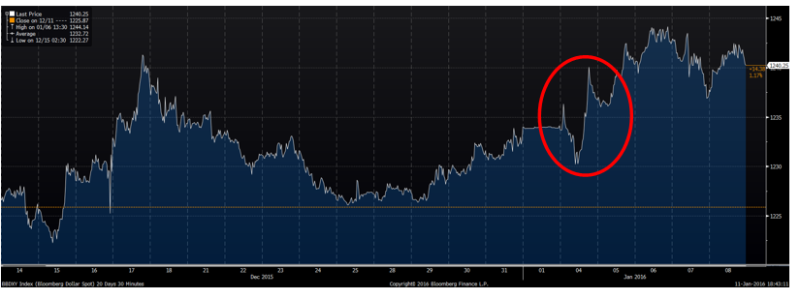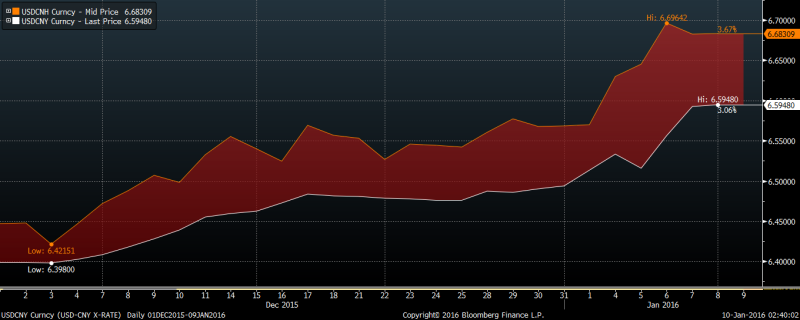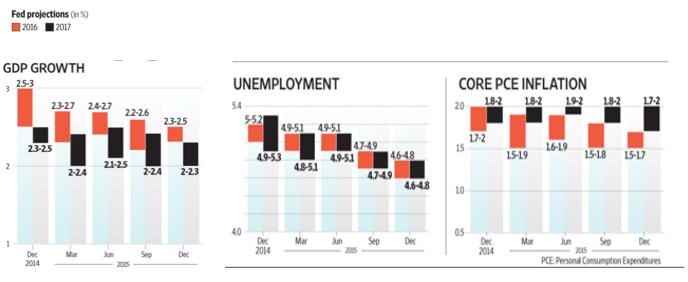Touted as the biggest tax reform since Independence, the GST bill has finally been cleared by both houses of parliament after several months of struggle. A question then arises – what is all the hype about?
For a moment, imagine that you came up with an idea to manufacture and sell a product P. For procuring the raw materials, you would be asked to pay the price that includes taxes (Excise Duty). Also, as the product P is manufactured, there is value addition by the manufacturer, hence the Value Added Tax (VAT) will be charged. As the product P transfers from manufacturer to the wholesaler to the retailer, each entity adds the margin and add the corresponding taxes (sales tax, entry tax) to the price of the product P. At each stage, there is no way to offset the new tax with an already paid tax, for example, the initial VAT on the product P was charged on the price that already included the Excise Duty; there is no way to exclude the Excise duty already paid from the VAT computation. Thus, the consumers not only end up paying multiple taxes on the same product but also pay tax on tax! The problems are exacerbated by the huge tax compliance cost due to stringent norms and difficult procedures.
In summary, the current system suffers from various issues such as multiple indirect taxes with an assortment of taxable events, multilayered and varied taxation rates throughout the country, multiple agencies collecting taxes, and last but not the least – cascading effect of taxes with inability to claim credit under one tax to set off liability against another.
So how will the GST help and why is it termed as a game changing reform for not only the Indian taxation regime but also the economy as a whole?
What is GST?
GST is a destination based, single indirect tax for the whole nation which will make India one unified market. GST will follow the Destination Principle meaning that the tax will go the state in which the final consumption of the goods or services will take place.
It is a comprehensive tax covering all stages including manufacturing, sales and consumption. Many indirect taxes levied by the center & state will be subsumed (excise duty, service tax, value-added tax) thereby reducing the distortionary effects. Credits of input taxes paid at each stage, from manufacturer to the retailer/distributor will be available in the subsequent stage of value addition, which makes GST essentially a tax only on value addition at each stage.
Three categories of GST will be introduced- Central GST, Integrated GST and State GST
The final consumer will bear only the GST charged by the last dealer in the supply chain, with set-off benefits at all the previous stages. This would eliminate cascading and distortionary effects of the current multitude of indirect taxes, reducing the cost of production and giving businesses an opportunity to evaluate pricing policies.
Impact on Economy
The GST regime should result in production efficiencies that could raise global competitiveness, improve profitability and increase GDP. It will generate a third party paper trail and prevent tax evasion or black money circulation. Doing business in the country will be tax neutral irrespective of the place of doing business. GST would mitigate huge compliance cost incurred by the companies on complying with various different indirect tax laws, administrative cost incurred by the Government, capture value addition and widen the tax base; it would generate a third party paper trail and prevent tax evasion or black money circulation; and it would boost exports by making them zero rated.
Exports
Currently, Indian manufacturing companies have modified their supply chains into complex transaction structures to adapt to the multitude of indirect taxes which make the exports uncompetitive. Foreign companies are sceptical of committing large capital investment in India. They have turned to China –More attractive SEZs and export zones. GST is expected to reduce cost of production, thereby boosting exports (3-6% gain expected). GST will create a seamless market and broaden the tax base. (Boost of 0.9-1.7% to GDP)
FDI
India continues to have 7%+ growth rate, making it an attractive destination for global capital. However, a confusing and burdensome tax structure has posed several challenges. Introduction of GST will help in rationalisation of the tax structure & transform India into a truly integrated single economy. A certain and uniform tax regime will boost foreign investor confidence reinforcing the fact that India is committed to structural reforms. This reform is expected to bring in a manufacturing revolution, ushering ‘Make in India’ and creating millions of job opportunities.
Inflation
In the short term, GST is expected to create inflationary pressures (up to 60 bps).
However, price benefits due to increased efficiencies in production & distribution, avoidance of double taxation & proposed revenue neutrality are expected to bring down inflation in the long term.

Roadmap of GST
The path to GST starts more than 15 years ago. In 2000, the Vajpayee Government started discussion on GST by setting up an empowered committee, headed by Asim Dasgupta, (Finance Minister, Government of West Bengal). The committee was given the task of designing the GST model and overseeing the IT back-end preparedness for its rollout.
Later in 2006, the then Union Finance Minister P. Chidambaram moved towards GST in his Budget, and proposed to introduce it by 1st April, 2010. However, the Empowered Committee of State Finance Ministers (EC) released its First Discussion Paper (FDP) on the GST in November, 2009. Multiple debates have taken place regarding the bill pertaining to the proposed tax rate, the agreement from the states especially the manufacturing states (the states losing the revenue), and the inclusion of petroleum products and liquor under the purview of GST.
Inability to reach a consensus with respect to these issues compounded by the rivalry at the national level politics delayed the implementation bill significantly until Aug 3, 2016. The bill was finally passed in both the houses of parliament through extensive negotiations from the Modi Government with all stakeholders. The bill will have to be ratified by minimum of 15 states in their respective assemblies before going to President for approval. The GST Network (GSTN), the IT backbone will be launched and the states will be required to frame their GST legislations so that the bill comes into effect starting Apr 1, 2017.
Archana Maganti, Maithili Kalelkar, Madhur Bajpai & Shreya Aggarwal
Disclaimer – All the views expressed are opinions of Networth – IIMB Finance Club – members. Networth declines any responsibility for eventual losses you may incur implementing all or part of the ideas contained in this website.









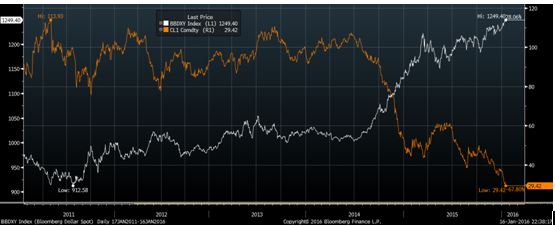
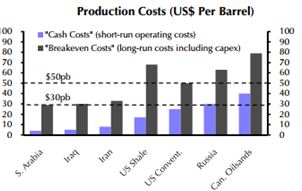
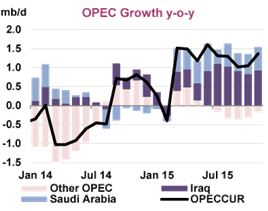

 \
\


